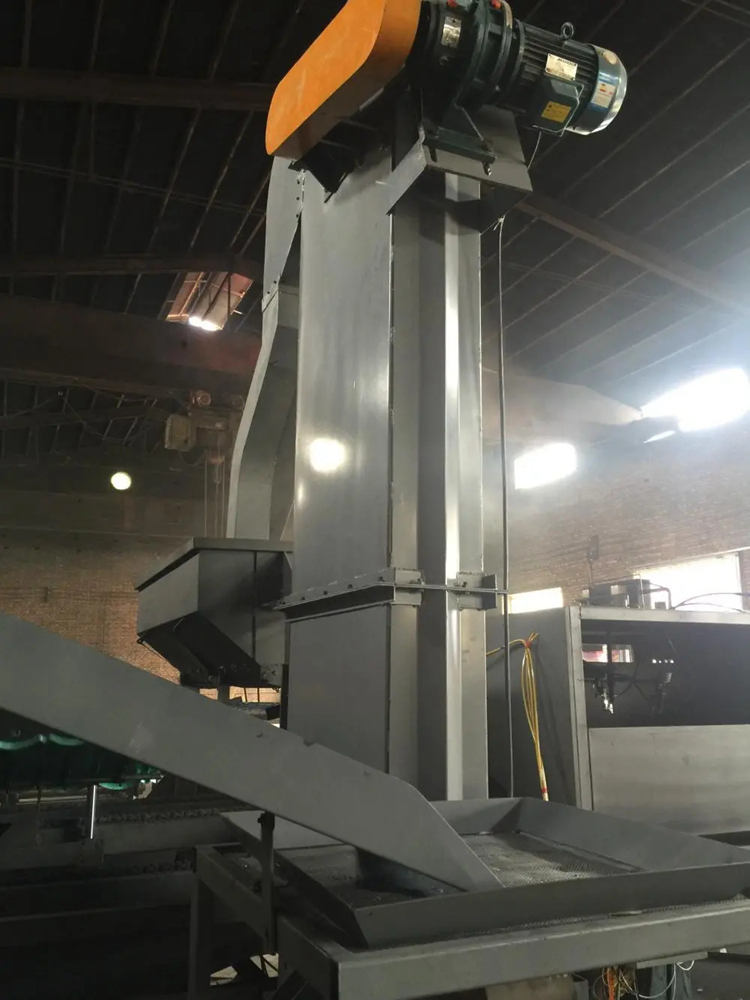
The Sandwich Panel Production Line An Overview
Sandwich panels have gained immense popularity in various construction and insulation applications due to their durability, insulation properties, and lightweight nature. A sandwich panel is essentially a composite material consisting of two outer layers (facings) and an inner core layer, which provides structural integrity and insulation. The production of these panels requires a sophisticated and efficient production line, designed to optimize quality and throughput while minimizing waste. This article explores the components and processes involved in a sandwich panel production line.
Components of a Sandwich Panel Production Line
1. Raw Material Handling The production process begins with the careful selection and handling of raw materials. Common facing materials include aluminum, steel, and other composite sheets, while the core materials may involve expanded polystyrene (EPS), polyurethane (PU), or mineral wool. Each component has specific characteristics that determine the panel’s final performance. Efficient loading and storage systems facilitate the seamless introduction of these materials into the production process.
2. Cutting and Shaping The first step in the actual manufacturing process is cutting the raw materials to size. High-precision cutting machines are employed to ensure that both the facings and the core materials are accurately shaped. This step is vital, as it directly affects the fit and insulation properties of the final product. Automated systems can enhance precision and speed, improving overall efficiency.
3. Core Material Preparation Depending on the type of core material selected, various preparation techniques may be used. For EPS, for instance, blocks are often cut into sheets or panels of specific dimensions. If polyurethane is employed, it may involve a foaming process where liquid components are mixed and allowed to expand. Ensuring uniform density and thickness of the core material is crucial to achieving optimal insulation values.

4. Panel Assembly Once the facings and core materials are prepared, the next step involves assembling them into a sandwich panel. This can be done using different methods, including continuous laminating or pressing systems. In a continuous process, materials are fed through a series of rollers, where they are bonded under heat and pressure. The choice of adhesive or bonding technique impacts the panel's mechanical properties and durability.
5. Curing and Setting After the assembly, panels must undergo a curing process. If polyurethane is used, this involves allowing the adhesive to set and cure properly. Some production lines incorporate temperature control systems to ensure optimal curing conditions, which can vary depending on the adhesive used and the composition of the core.
6. Quality Control Quality control is a critical component of the sandwich panel production line. Throughout the manufacturing process, various tests are conducted to assess the strength, insulation properties, and overall quality of the panels. Common tests include compressive strength tests, thermal conductivity measurements, and moisture resistance assessments. Implementing rigorous quality control measures ensures that the final product meets industry standards and customer expectations.
7. Finishing and Packaging After quality assurance, the panels may undergo additional finishing processes, such as surface treatment or coating. This not only enhances aesthetics but also improves durability against environmental factors. Once finished, the panels are then packaged efficiently for transportation to construction sites or storage facilities.
Conclusion
The sandwich panel production line represents an intricate interplay of design, engineering, and technology. With the increasing demand for lightweight, durable, and energy-efficient building materials, advancements in sandwich panel production techniques continue to evolve. Innovations in automation and materials science are expected to enhance production efficiency and product quality further, making sandwich panels an even more appealing option for builders and architects alike. By understanding the various stages of the production line, stakeholders can better appreciate the complexity involved in manufacturing these versatile construction materials and their contributions to sustainable building practices.